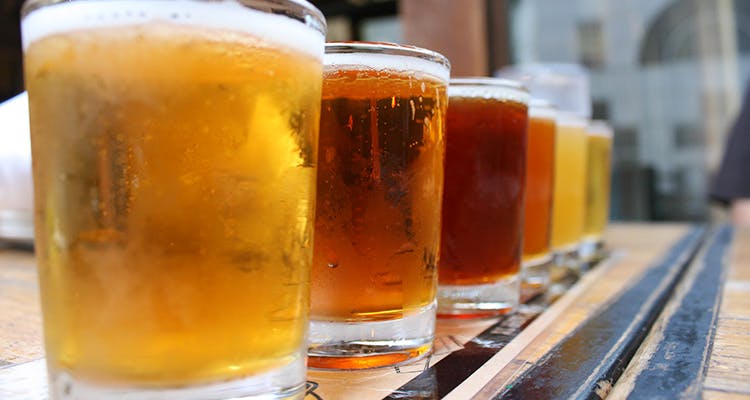Gone are the days where ordering a beer was hassle-free. Today, when you walk into a microbrewery, you can be as flummoxed as when faced with an exhaustive wine list in France. There are a whole lot of options out there and if you don’t know one from the other, you’re missing out on some great brews. So here’s a little guide to help you order like a pro on your next visit.
First things first, 4 ingredients are essential for brewing beer – malt {barley, wheat, rice etc}, hops {for flavour}, yeast {for fermentation} and water {for obvious reasons}. The wide world of beer is divided into lagers and ales, each determined by the brewing process they follow. Now to the specifics.

